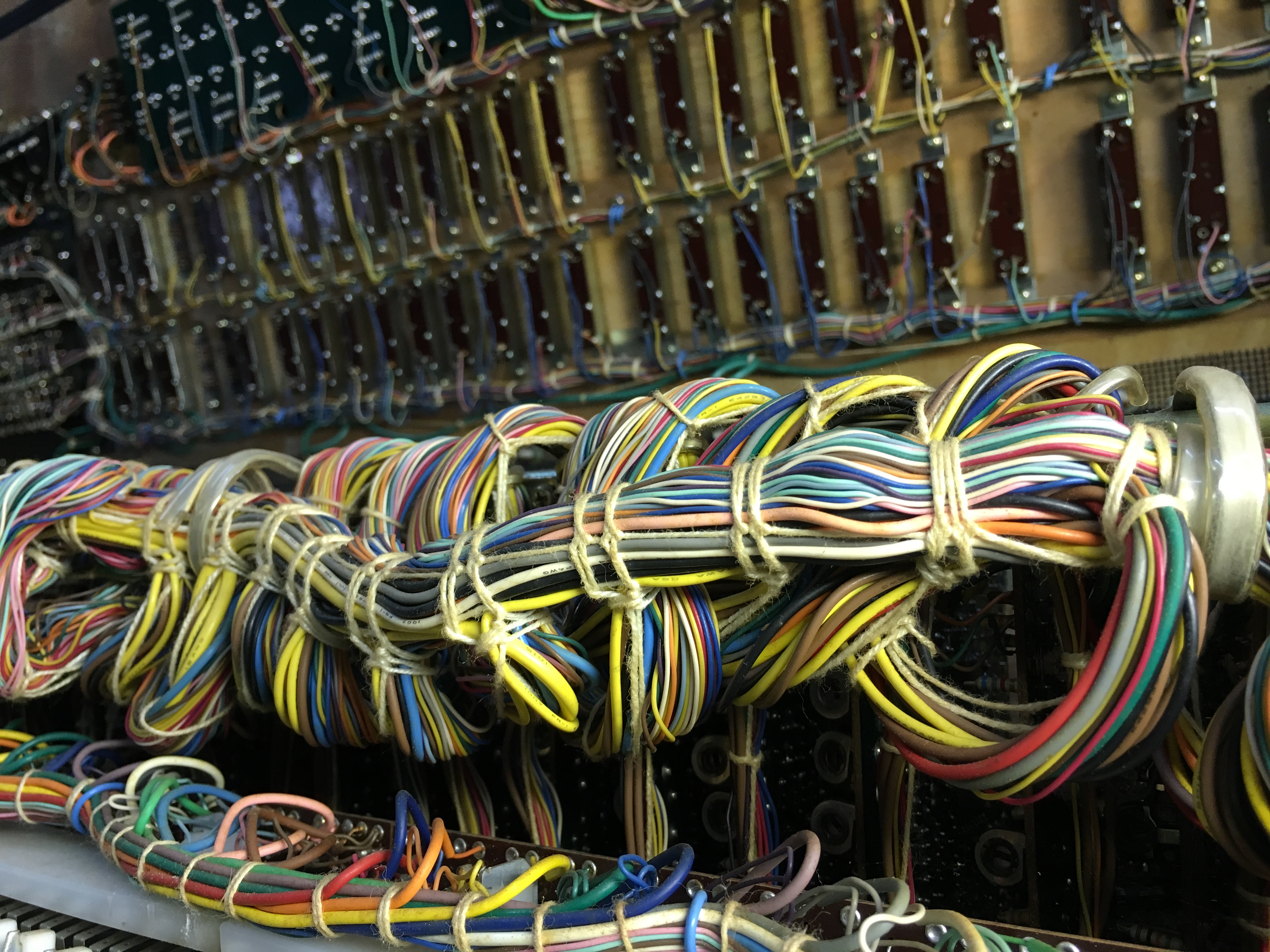
Wendy Carlos owned a GDS and used it on the Tron soundtrack. Analog synths of the same era were subject to environmental changes in the input controls that meant every performance, even after a short delay, would be different. It was sold to studios that needed a flexible system that could guarantee the same performance time after time. Known as the Crumar General Development System, or GDS, it was released in 1980 for $30,000. The result was a smaller two-part system, with a Z-80-based microcomputer and disk drives as one unit, and a single keyboard and limited set of input sliders as the second unit. The Alles Machine was highly influential within the industry, but the cost of implementation was so high that it was some time before machines based on its principles were available at a price point most musicians could afford.Ĭrumar of Italy and Music Technologies' of New York collaborated to form Digital Keyboards in an effort to re-package the Alles Machine.
ANALOG LAB MASTER GENERATOR
The controller posted events into the queues which were then sorted by timestamp and fed into the generator in order. Running everything was a set of 255 timers with 16 FIFO stacks for events. In one instance, a multiplication was avoided by looking up two numbers from the table and subtracting them, as it was noticed the result was the same as a multiplication of two related numbers. Alles used several tricks in the table in order to reduce the amount of math the system needed to run in the controller CPU. The actual waveforms were generated by looking up the amplitude for a given time from a 64 kWord ROM-based table. These were then sent to one of four 16-bit output channels, and from there to a digital-to-analog converter for output. All of these signals could be mixed in an arbitrary fashion into a bank of 192 accumulators. Additionally there were a bank of 32 programmable filters, 32 amplitude multipliers, and 256 envelope generators.

A second set of 32 oscillators was slaved to one of the masters, generating the first N harmonics, where N was from 1 (first harmonic) to 127. The first bank of 32 oscillators were used as master signals, and generally meant the system had up to 32-note polyphony (see below). The sound generator was fairly complex, containing 1,400 integrated circuits. The computer could process about 1,000 parameter changes per second before it would bog down in the CPU. The bandwidth needed to control the synthesizer was quite limited.
ANALOG LAB MASTER SERIES
The inputs were interpreted and then used to generate outputs that were sent to the sound generators as a series of parameters. Any of the controllers could be used to control any parameter, under program control. The input devices consisted of two 61-key piano keyboards, four 3-axis analog joysticks, a bank of 72 sliders, and various switches.



It was connected to a customized analog-to-digital converter that sampled the inputs at 7 bit resolution 250 times a second. The microcomputer was supplied with two 8-inch floppy disk drives (from Heathkit, which sold their own LSI-11 machine, the H11) and an AT&T color video terminal. The system was packaged into a large single unit, and weighed 300 pounds – the designers optimistically referred to it as being portable. The Alles Machine consisted of three main parts an LSI-11 microcomputer, the programmable sound generators, and a number of different input devices. 3 Artists who performed on the instrument.


 0 kommentar(er)
0 kommentar(er)
